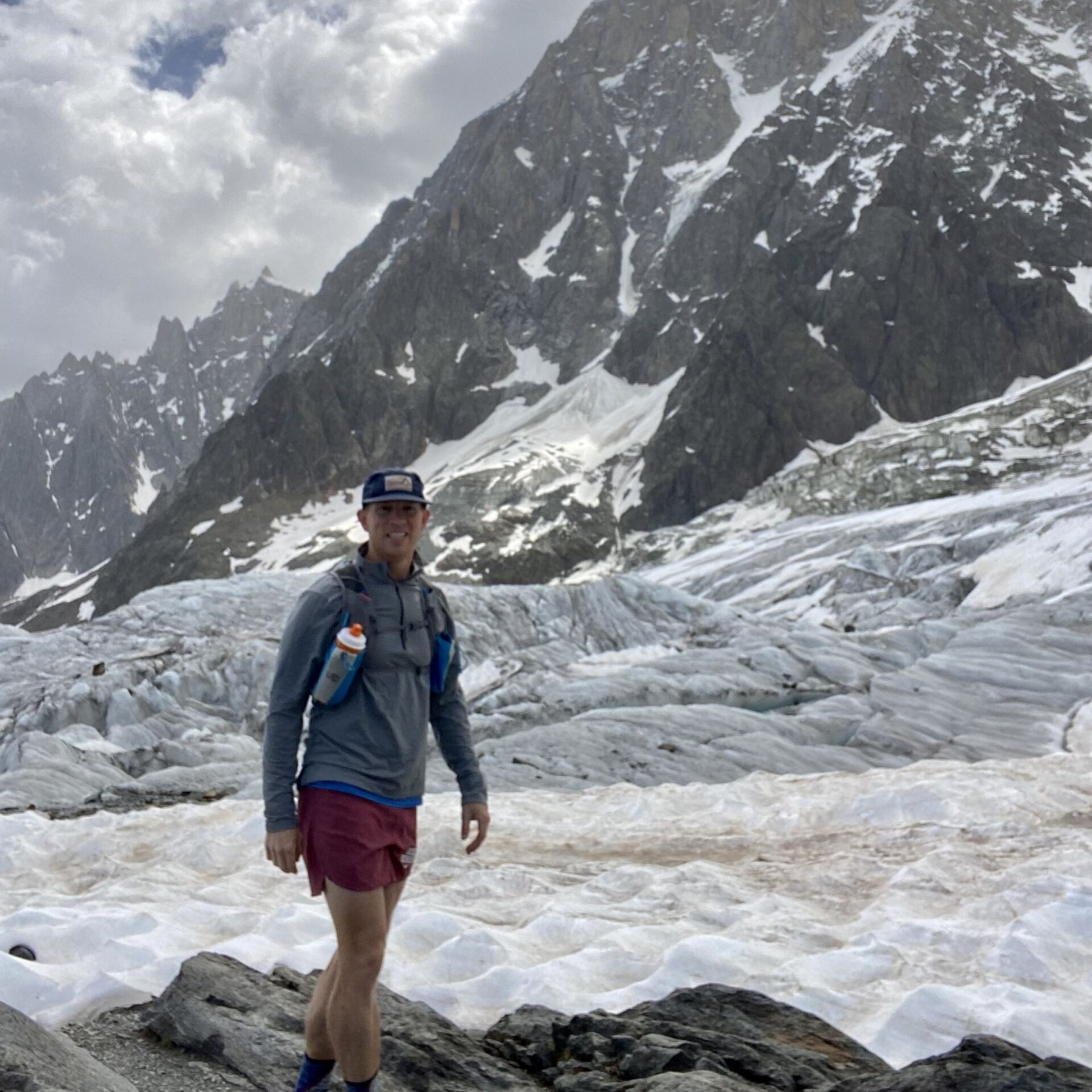Staying the Course in the Summer Heat
Running through the summer is no small task. It’s hot and humid and it feels like it will never end! But rest assured, the work you put in now will pay dividends in the fall. But how do you maintain your level of fitness when it can be such a struggle??
Hydration is key. Be sure to drink before, during and after your workout. General recommendations are 16 ounces 1-2 hours before your workout. Hydrate gradually, don’t just chug a bottle on your way out the door. During your workout, 6-8 ounces every 15-20 minutes. If you’re doing less than 45 minutes, you probably don’t need to hydrate during the run, but be sure to hydrate with another 16 ounces after the workout. Electrolytes can be helpful on longer workouts to replenish minerals like sodium, potassium, calcium and magnesium that are lost while sweating.
Cramping can be more common in the summer due to overworking muscles coupled with dehydration. The guidelines above will set you up for success, but dehydration isn’t the whole story. Keeping your muscles strong by incorporating cross-training, i.e. strength training, will make your tissues more resilient and less likely to cramp. Your calves, hamstrings, and quads can be susceptible, so be sure to incorporate a dynamic warm-up before you start and a consistent strengthening routine throughout the week.
Finally, managing expectations for fatigue in the summer is very important. You do not need to run at the same pace when it’s 90℉ and sunny as you do when it is 70℉ and cloudy. Reign it in a little and your body will benefit. When considering your effort, check the temperature, but don’t forget to check the dew point. Humidity can play a huge role in sweating and cooling the body. General recommendations are to slow your pace by 30-90 seconds. If you want to be more specific, runnersconnect.net offers a calculator to help.
Bottom line is to keep it simple and be proactive. Preparation with hydration and strength training will be protective and help you nail your workouts. Keep putting in the work during the dog days of summer and that PR will be no problem in the fall.

About the Author
Dr. Brett Clingerman, DPT, OCS is a physical therapist with 10+ years experience. He graduated from Shenandoah University in 2012 and moved to North Carolina in 2015, where he now lives in Holly Springs. He has spent the majority of his career treating Soldiers and Airmen, including being the lead PT for the women’s ten-miler team, at Fort Bragg. Brett is Board Certified in Orthopaedics through the American Board of Physical Therapy Specialties. Some of Brett’s hobbies include running ultra-marathons, cycling, soccer, and traveling with his family. 

